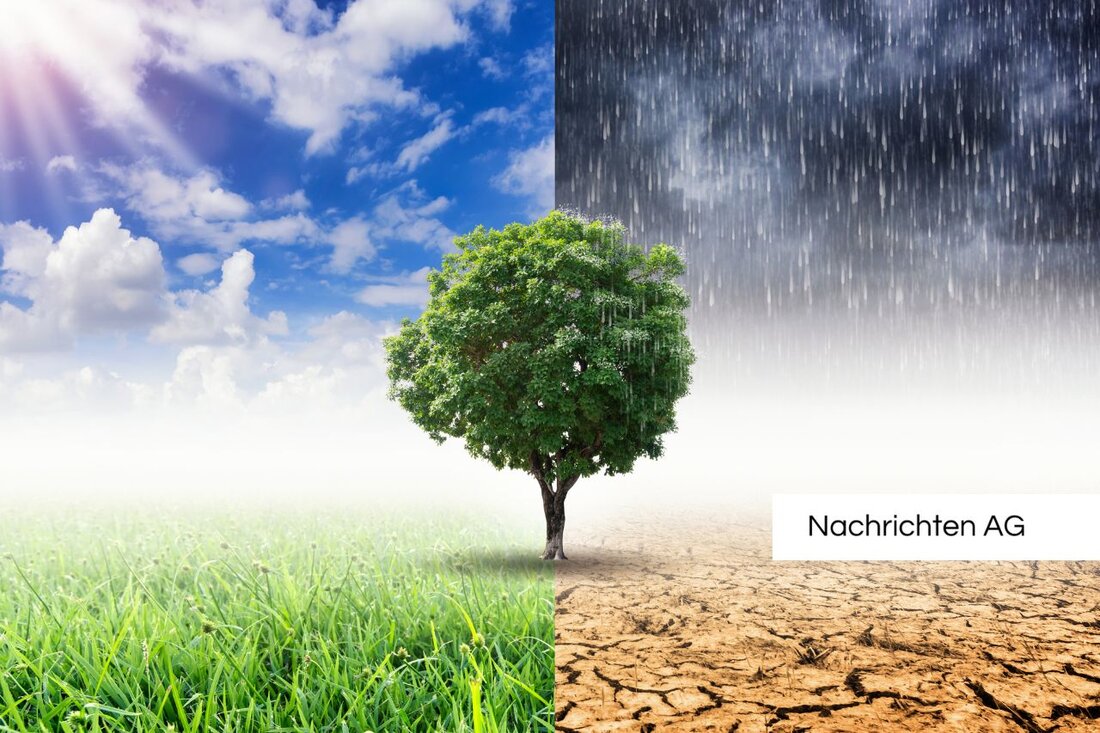Heat protection in Steglitz-Zehlendorf: Funding for prevention projects!
Financial support for heat protection measures in Steglitz-Zehlendorf now available. Submit applications by September 29, 2025.

Heat protection in Steglitz-Zehlendorf: Funding for prevention projects!
On September 12, 2025, the situation surrounding heat protection measures in Berlin will become increasingly urgent. In particular, the Steglitz-Zehlendorf district office has released current financial resources for preventative measures to protect the population from the health risks of rising temperatures. These funds are available due to projects canceled at short notice and can be used for various initiatives such as indoor and outdoor shading measures and the greening of outdoor areas. The aim is to ensure the use of facilities on hot days without posing a health risk to users.
The need for heat protection measures becomes clear due to an increase in hot days. The German Weather Service defines "hot days" as days with temperatures above 30 ° C and reports that Germany has experienced a clear increase in such days between 2000 and 2024. Especially during the heat summer 2003, 2015, 2018 and 2022, hot days and tropical nights were increasingly registered. According to [Federal Environment Agency] (https://www.umweltbundeamt.de/daten/umwelt-gesundheit/gesundheitrisiken- through heat), extreme heat can cause serious health problems, especially in older people and people with previous illnesses.
Groups particularly at risk
A large number of studies and reports make it clear that certain groups of people are particularly at risk due to risk factors. Older people and people with limited heat tolerance are among the most affected. In order to effectively protect these vulnerable groups, targeted communication is essential. The Federal Ministry of Health points out that there is a lack of target group-oriented communication concepts for heat protection information. A research project therefore aims to develop a communication concept that does justice to these groups.
The Senate for Mobility, Transport, Climate Protection and the Environment has made the financial resources available for heat protection, and the district office has taken responsibility for distributing these funds. Interested parties can request information about the funding goals, requirements and application forms from the QPK at wärmeschutz@ba-sz.berlin.de. Application documents must be submitted in full by Monday, September 29, 2025. Further details can be found on the QPK website: QPK Steglitz-Zehlendorf.
Future challenges
As temperatures rise, heat-related health risks are also expected to increase. According to forecasts, heat-related mortality could increase by 1 to 6% for every degree Celsius increase in temperature. During the hot summers of 2018 and 2019, around 15,600 people died in Germany due to the effects of heat. Given these alarming figures, it is clear that effective measures are needed to prevent heat-related health damage. Inner cities are particularly hard hit by the urban heat island effect, as shown by a study from Berlin, which suggests that tropical nights occur three times more often in urban areas than in open spaces.
In summary, the challenges posed by the increase in hot days and tropical nights can only be overcome through coordinated and preventive measures. The entire population, especially vulnerable groups, must become the focus of attention in order to protect the health of all citizens.

 Suche
Suche
 Mein Konto
Mein Konto
